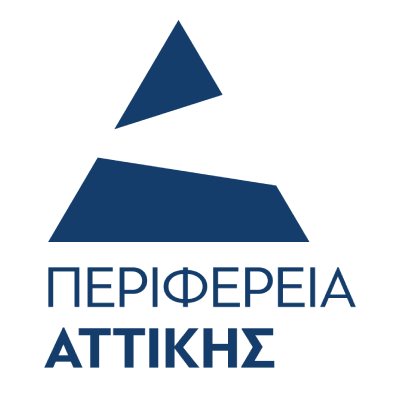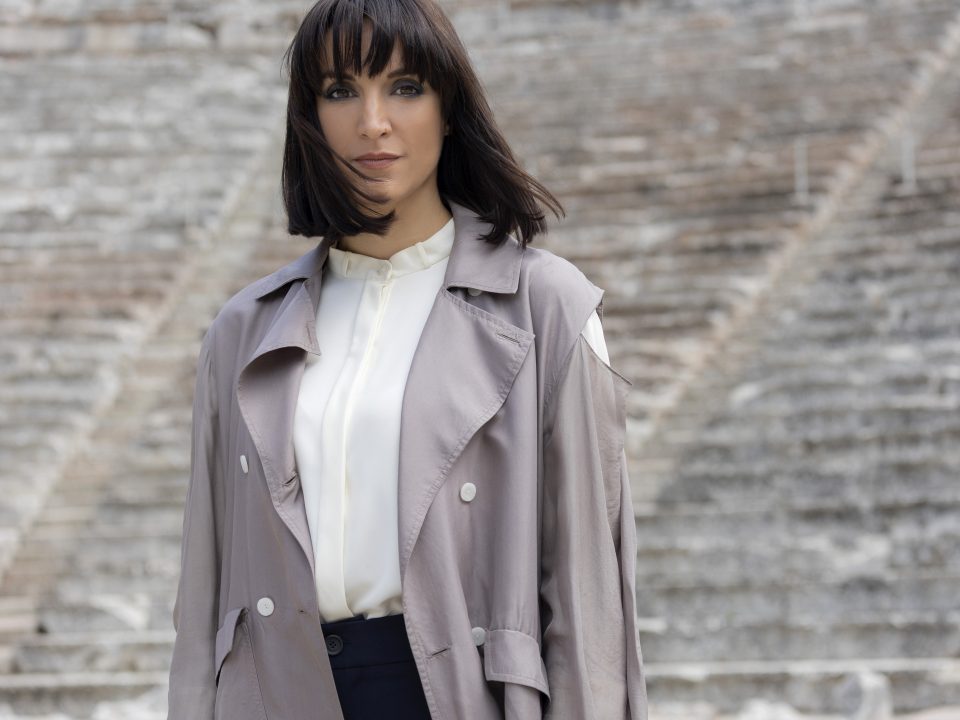Konstantinos Kotsanas: «Athens and the wider region of Attica is a rare blend of experiences with the potential to fascinate every visitor»
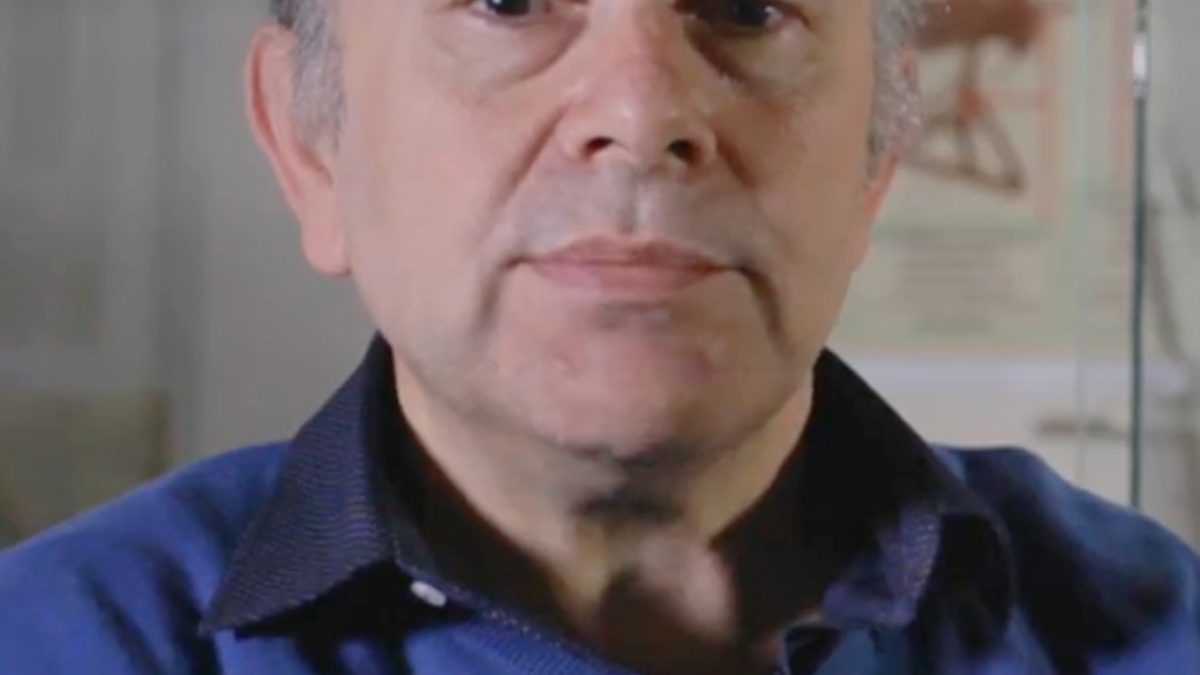
Interview with the initiator and founder of the Museum of Ancient Greek Technology, Mr. Konstantinos Kotsanas:
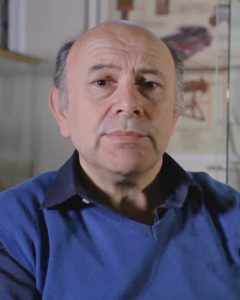
«Athens and the wider region of Attica is a rare blend of experiences with the potential to fascinate every visitor»
Having studied in the Department of Mechanical Engineering at the Polytechnic University of Patras (Greece) and based on his great love, study and research on ancient Greek culture, Konstantinos Kotsanas realised his vision: to reconstruct ancient Greeks’ inventions and showcase them in Greece and abroad.
He is the initiator and founder of the “Museum of Ancient Greek Technology” and the “Museum of Ancient Greek Musical Instruments and Toys & Games” in Athens, as well as the “Museum of Ancient Greek Technology” in Katakolo and the “Archimedes’ Museum” in Ancient Olympia.
Writer of six books on ancient Greek technology and awarded for his work in Greece and abroad, Mr. Kotsanas has conducted a great number of lectures as a guest lecturer and has organised a multitude of periodic exhibitions throughout the world.
1. Your museums feature approximately 500 operating models of ancient Greek inventions, which showcase to the audience – and even more so in an interactive way – a relatively unknown aspect of ancient Greek culture: technology. What is the response by Greek and foreign visitors? Is there a comment or reaction that particularly impressed you?
Kotsanas Museum aims at taking the audience on a tour around a panorama of ancient Greek technology. Daily routine, public and private life, myth and science “come to life” in front of the visitor’s eyes, through the technological inventions of Ctesibius, Philon, Heron, Archimedes and many more great inventors of Antiquity.
Greek and foreign visitors come before an astonishing magnitude of knowledge. Discovering this relatively unknown aspect of ancient Greek culture, they find it hard to believe how innovative and advanced technology was, approximately 2,500 years ago. Their surprise is even greater when they realise that people’s needs back then, and consequentially the technologies that were created, were extremely similar to our needs today.
All these years, there have been many reactions by the audience that have impressed us. However, what we always appreciate the most is the wide smile of children and grown-ups when they see and learn about the exhibits. The comments on the Kotsanas Museums visitors books are the ones that speak to our hearts. I will mention just one of them, along with an example that is worth sharing with you. At the end of this year’s summer camp that was organised by Kotsanas Museum in Athens, one of the “young inventors” aged 8, who participated in our 10-day educational programme, wrote: “I would like this to be my home!”. Similarly, after the end of an educational workshop on the Antikythera Calculating Mechanism addressed to children of the 4th Grade of Greek Primary School, a parent called us on the phone to congratulate us, since their son was able to explain them the secrets of the Mechanism, holding in his hands the “heart” of the device, a construction he built himself during our programme.
These reactions move us deeply, encourage us to continue and prove that Kotsanas Museum, faithful to its vision, succeeds in its educational mission in a substantial and truthful way.
2. Kostas Kotsanas Museum of Ancient Greek Technology in Athens was nominated for “European Museum of the Year 2019” by the European Museum Forum (EMF). How do you feel about this honour, which was actually added to a list of important awards and other international honorary distinctions?
Our nomination by the European Museum Forum (EMF) is an immense distinction, and I could include it among the greatest distinctions of our Museums, which honour the purpose of their creation.
In short, I could briefly mention the greatest distinctions achieved by the Museums of Ancient Greek Technology. Specifically:
• In 2019 the Museum was Nominated for the European Museum of the Year Award (EMYA).
• The widely-read German travel guide “PELOPONΝES”, published by DUMONT, has included the Museum among the 10 top destinations of the Peloponnese and among the two most significant in Elis, western Peloponnese (along with the Olympia archaeological site).
• The travel guide Flight Network, one of the largest and most influential guides in Canada, has ranked the Museum as the second best in the list of the top 10 “hidden” museums of Europe.
• Kostas Kotsanas Museum of Ancient Greek Technology, as a single organisation, is honoured every year with the Certificate of Excellence by TripAdvisor, the world’s largest travel portal. The distinction confirms the museum’s appeal to the international audience and the positive response of its visitors, Greek and foreign, to its originality and presentation of its exhibits.
• According to TripAdvisor, the Museum is No1 in the list of the 40 best thematic Museums.
In addition, the Museum has won the 2nd place in a total of 104 Museums of Athens.
• The Museum was incorporated in the platform of Unesco and National Geographic for World Cultural Heritage.
I will only mention one of the characteristic published comments of the stunned representatives from their visit to our Museum:
“I consider this particular museum one of the best I have visited so far, which should be included in the must-see sights in Athens, after the Acropolis and the Acropolis Museum. Whether you are a resident or visitor of Attica, Greek or foreign, an archaeology enthusiast or not, spend a few hours of your day here, to get a taste of life in Ancient Greece! And I’m certain that by the end of your tour you won’t believe your eyes!”
3. One of the strong assets of Attica is its culture, ancient and modern: worldwide famous monuments and archaeological sites, museums, contemporary cultural centres, festivals etc. From your experience and your intense activity abroad, what do you think of the way the foreign audience perceives modern Greek culture, and what would you say to someone who is thinking of visiting Attica in order to experience its culture?
Greece is the cradle of civilisation, attracting worldwide interest. More often than not, foreign visitors know a lot more than we do when it comes to Greek culture, and have particular admiration for the achievements of Ancient Greeks. In Attica there are many examples of these achievements, which today are source of inspiration for the country’s modern culture. The awe inspired by the glorious ancient Greek past is the ideal motive for someone to discover modern Greek culture. For anyone who finds interest in the notion of culture, Greece with its many faces should undoubtedly be part of their travels.
4. Which exhibit of your museum you believe impresses the audience the most and which is your personal favourite?
Speaking about the exhibits – and rephrasing Miller – I could say “they are all my sons”. How could I single one out?
However, based on the impression they make and the innovation they incorporate, the ones that stand out are:
a) The Antikythera calculating mechanism – the first laptop in history that was used to determine and forecast important astronomical and calendar events.
b) Τhe static automatic theatre of Philon-Heron – basically the “cinema” of ancient Greeks, since it presented automatically the plot of a myth with moving picture, sound and photorealism.
c) The automatic servant of Philon – a brilliant, fully functional robot-servant that served wine automatically, pouring exactly the quantity and wine-water proportion desired by the guest.
d) The mobile automatic theatre of Heron – an automotive car-puppet theatre with programmed self-navigation.
All exhibits have been created after thorough study of archival historical sources and archaeological remnants. I studied History and Archaeology in order to “breathe new life” into ancient Greek inventions that mark the beginning of ancient Greek technology!
5. Tell us a few words about the educational programmes and workshops which Kostas Kotsanas Museum of Ancient Greek Technology in Athens organises every year for its little friends. Why is it important to promote the country’s culture through family activities?
Being faithful to its educational mission, Kotsanas Museum plans and implements educational programmes, as well as a multitude of educational activities for the entire family. Greek and foreign visitors have the opportunity to experientially discover “Telecommunication and Cryptography in Ancient Greece”, the “Calculating Mechanisms and Ancient Greek Strategy & Showing Games of the Ancient Greeks”. These are just few of the titles featured in our workshop series.
Aside from the scientific documentation and interaction of our functional exhibits, a principal aspect of our programmes is entertainment. When learning is fun, then information turns into knowledge and becomes our property. The Museum’s educational programmes are certified by the Greek Ministry of Education and are constantly renewed according to the updated museological practices.
The role of the Museum in the local cultural life is extremely important, since it showcases a relatively unknown aspect of ancient Greek spirit and at the same time it addresses a wide range of audience that covers all ages and ethnicities.
6. The museums one can find in Attica cover a truly wide range of interests and address visitors of all ages. Which are your favourite museums in Attica and why?
To me, the National Archaeological Museum of Athens definitely stands out. A building of exceptional architecture houses the capstone of Greek antiquity, from various eras and origins. Also, the Acropolis Museum is a benchmark in our country. A contemporary space of modern architecture that “connects” the Museum with the archaeological site of the Acropolis, thus bridging the exhibits with the place they came from. From the lesser known, I would say, Museums I pick the Archaeological Museum of Piraeus. The exhibits, which were mainly found in the wider area of Piraeus and Attica’s coast and represent different eras, are indicative of the uniqueness and history of Piraeus.
7. A visit at the Kostas Kotsanas Museum of Ancient Greek Technology in Athens may as well be combined with dinner at a restaurant, shopping and entertainment in Kolonaki or be supplemented with an excursion to the mountain for hiking or a trip to the beach for swimming and sailing. What do you think of Attica as a collection of destinations for short break holidays all around the year and how would you comment on the Region of Attica’s tourism slogan “Attica – Greece in a Snapshot”?
Athens and the wider region of Attica is a rare blend of experiences with the potential to fascinate every visitor. Choices for activities are countless, both in the city and the nearby destinations. Flavours, images, contemporary aesthetics, landmarks, antiquities and modern architecture create a mosaic that has in store surprises of knowledge, stimulating the visitor to explore and discover more. Of course, culture is an integral part of the visitors’ experience in Attica.
Kolonaki area, being a Museum neighbourhood, has a lot to offer to visitors of all ages. With its iconic buildings, history, literary salons, modern design and the vibe of the city centre, it feels like Athens in a snapshot. However, there are so many neighbourhoods in Athens that rightfully claim the same sense, ultimately perceived by the visitor. Therefore Attica, in our eyes, could be Greece in a snapshot!
8. City or countryside? Mountain or sea? Attica’s mainland or an island in the Saronic Gulf? Could you map your favourite destinations or spots in Attica?
I would say countryside and mountain. I love the mountains of Attica, each has its own history and carries its own unique energy. And most importantly, overlooking the historical centre of Athens, you feel as if it invites you to be there, like a magnet!
If I were to cross the borders of Attica, I would choose a mountain destination that I love, Seliana (Ancient Felloi) in Achaia. It has a special place in my heart because I was born there. It is an extraordinary place with lush vegetation. My favourite thing to do is spend my free time in the shade of a plane tree!
